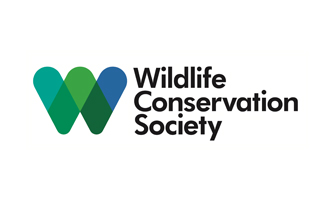
Resounding Hope for Shark Survival – Convention on International Trade of Endangered Species (CITES)
It’s exciting what can be achieved when a network of policymakers, scientists, conservationists, and activists work together to save sharks. This was demonstrated during the CITES’ 19th Conference of the Parties (CoP19) this past December where sustainable trade protection for requiem and hammerhead sharks was approved, increasing the regulated shark fin trade from 25 percent to nearly 90 percent - meaning almost all shark species are now listed and therefore protected under CITES regulation. With requiem sharks comprising more than 50 percent of shark fin trade and 70 percent of the family already threatened with extinction, the affirmative vote in Panama established a resounding mandate for sustainable, legal trade.
Through the foundation’s $1.8 million grant to support CoP19 proposals, the Wildlife Conservation Society (WCS) engaged its strong network within science and policy arenas to secure the landmark decision. Using science and data from our Global FinPrint study, along with additional research conducted by the Shark Conservation Fund, WCS and its partners went directly to countries, strongly making the case to environmental ministers and policy leaders about the need to protect sharks, the benefits of protecting sharks, and the tools that are available to do so.